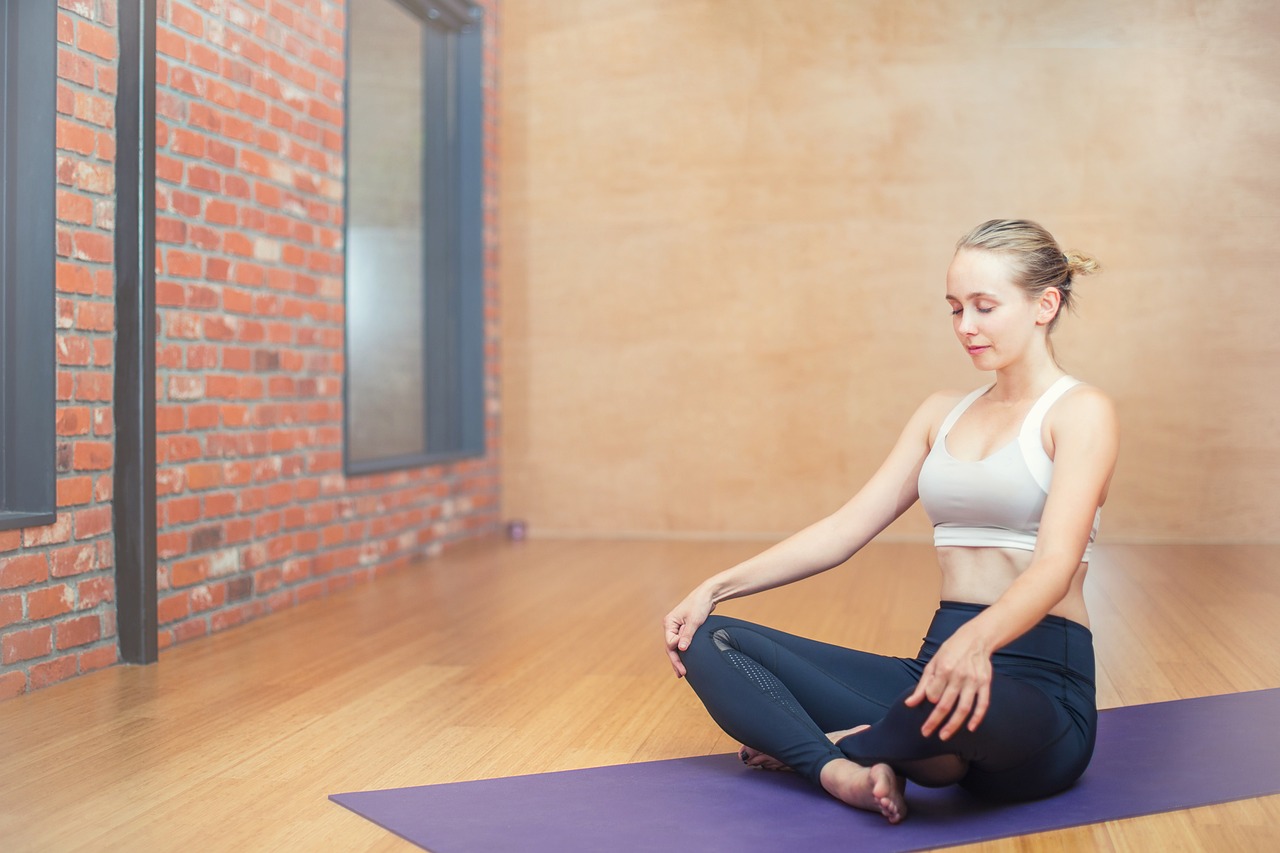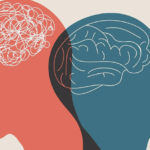GENERAL – Physical and mental fitness, Stress relief, Tummy reduction, etc.
OLD AGE – Parkinsonism, Alzheimer’s, Senile dementia, Joint problems, Respiratory problems, etc.
GENTS AND LADIES – Hormonal irregularities, Genitourinary complaints, Thyroid, Cholesterol, Diabetes etc.
KIDS – To increase memory, Concentration, Emotional balance, Physical fitness and Immunity through fun and enjoyment.
BENEFITS
- Physical fitness
- Personality development
- Concentration improves
- Stillness of mind is achieved
- Equanimity – Samachithatha
- Elimination of anxiety, stress & fear
- Reduce tension and improves sleep
- Enhances self confidence & self esteem
- Improves the physical and mental energy,
- Removes lethargy and Laziness by removing the energy block
We are running a branch of Patanjali Yoga Samithi affiliated to Patanjali YogPeeth (Trust) Haridwar, India.
AIM
Yoga is the physical, mental spiritual practices or disciplines that aim to transform body and mind. It aims at promoting health and keeping body in optimum condition by bringing perfect co-ordination of different bodily functions, physical and mental cleansing and strengthening.
Medical Importance
Body and Mind are under electrical as well as chemical control. Electrical control through nervous system and chemical control through endocrine system – Hormones. All yoga practices helps the deranged nervous and endocrine system into perfect co- ordination, so that they work for the good of whole body.
Q. Why Do We Live?
We choose to be born and hence have to live. Life poses lot of challenges before us which makes us wither but we can live fully and happily by incorporating certain changes in our life.
Q. How To Live ? – Requirements For A Happy And Contented Life
1.Healthy Body 2. Sound Mind 3.Social well being 4. Spiritual Awareness
Q. How to attain this state of health?
1.Proper Exercise 2. Proper Breathing 3. Proper Diet 4. Proper Thinking
Pre-Conditions
Best time of day is early morning
Sit in any comfortable position with straight Vertebral column
Stomach should be empty
Preferably after bath
History
The term ‘YOGA’ is derived from the literal meaning of “yoking together” a span of horses or oxes, but came to be applied to the “yoking” of mind and body. Originated around 3000 BC or more than that and is developed as a part of the TANTRIC civilization which existed in India. The first book to refer yoga were ancient TANTRAS and later the Sacred VEDAS. SAGE PATANJALI – Father of modern yoga lived around 400 BC – 200 AD codified the first definitive, unified and comprehensive system of yoga. Ancient time yoga techniques were kept as a secret and were passed on from teacher to disciple by word of mouth. In this way there was a clear understanding of their meaning and aim removing any misunderstanding. Baba Ramdev – Founder of Patanjali Yogpeeth – is the now popular Yogi in India as well as abroad. Patanjali Institutions under University of Patanjali are the world renowned institutions for Medical Science and Research in yoga and Ayurveda.
Basic yoga includes
(1)YOGASANAS : Physical postures (2) PRANAYAMA : Breathing exercises (3) YOGA NIDRA : Deep relaxation
8 LIMBS OF ROYAL YOGA – ASHTANGA RAJA YOGA
1. YAMA→ • Ahimsa • Sathyam • Aastheyam • Aparigrahyam • Brahmacharyam
2. NIYAMA → • Soucham • Santhosham • Thapas • Swadhiayam • Eeswarapranidhana
3. YOGASANA → Different Body Postures – • Stretching • Relaxation • Contraction
4. PRANAYAMA → Pranayama are a set of breathing exercises helping to upkeep the health of the lungs, to increase general vitality of the body and immunity and to increase the longevity.
Pranayamas are • Anulomaviloma • Nadishudhi • Kapalbhadi • Brahmari • Seethali
5. PRATHYAHARA → is internalizing the out flowing awareness into the opposite direction or in other words withdrawal of the mind from the senses.
- Ajapa japam • Yoga Nidra • Thratakam • Anthar mounam (Inner silence)
6. DHARANA→ Dharana is to hold or bind the mind at one point by internalizing the awareness. The senses ultimately follow the mind contrary to the usual course.
Pratice of Dharana → • Sambhavi Mudra • Bhrumadhya Dhyanam • Nasal tip gazing • Thratakam
7. DHYANA(Meditative state)→ is attained when one is established in psychic awarenes .
- Prathyahara dhyanam • Dharana dhyanam • Dhyanam ( Samyamam – perfect control over senses)
8. SAMADHI →Meditation or dhyana leads to samadhi
- Samadhi is a state where object appears without the consciousness of one’s own self
- Total absorption to the extent that the external world no longer exist
- Self realization-self identification-non distinction (knowing BRAHMAN from sacred book VEDA)
Q.WHO AM I ?
A.PANCHA KOSHAM which constitute the following
1. ANNAMAYA KOSHAM
Physical body is made up of annam hence known as annamaya kosham.its called as sthoola sareera or physical body
Annam is made up of Pancha Bhuthas
- Akasham – Sabdam – Ear
- Vayu – Sparsham -Touch
- Agni – Roopam – Image
- Jalam – Rasam – Tongue
- Prithvi – Gandham – Nose
2.PRANAMAYA KOSHAM
Energy body/Bio-Plasmic body/Energy Network
SHAD CHAKRAS
- Mooladhara chakra
- Swadhishtana chakra
- Manipooraka chakra
- Anahatha chakra
- Vsudhi chakra
- Ajna chakra
PRANA → The energy with inherent intelligence and ability to move
5 Pranas are • Pranan • Apanan • Samanan • Vyanan • Udanan
Upa Pranas are
- Naga – Belching
- Koorma – Blinking and opening of eyes
- Krikara – Hunger, Thirst, Sneezing and Coughing
- Devadatha – Sleep and Yawning
- Dhananjaya – De-composition of the body after death
3. MANOMAYA KOSHAM → Mind – Logical Thinking
4. VIJNAYAMAYA KOSHAM→ BhudhI – Intellect – Intuition
Pranamaya kosha, Manomaya kosha and Vijnananmaya kosha are collectively called Sookshma sareera or Astral body
Manomaya kosha and Vijnananmaya kosha which constitute the ‘ANTHAKARANA’ which has 4 aspects namely
- Bhudhi – Intellect
- Manas – Analytical mind
- Chitham – Subconscious mind
- Ahankaram – Ego
5.ANANTHAMAYA KOSHAM → Causal body or Karana sareera, experience of bliss. Feeling of intense and powerful happiness, anandam – fusion of individual mind with cosmic mind.
Yogasanas helps the physical body (Annamaya kosha) mainly and Pranayamas helps the Astral body (Sookshma shareera) mainly. Both yogasanas and pranayama have no reach to causal body ( Karana sareera). Only sound waveshave the reach to the above. The individual personality trait or the personality is inculcated in the causal body. So “Manthra‘s” are sounds arranged in such a way that they have an impact on causal body (karana sareera).
MANTHRA YOGA
- ‘Mananaath’ – Bondage of mind
- ‘Thrayathe’ – Freed or liberated
- ‘Iti’- Through
- ‘Mantra’ – Force of vibration
SO MANTRA IS FORCE THAT LIBERATES MIND FROM BONDAGE
Q. How Mantra Acts?
- Activation of Chakras by vibration of sound.
- Action on the Andamaya kosa –results in personality change – Sanchita karma, Prarambdha karma-changes in the DNA (Deepak Chopra-Quantum Healing).
- Aadhi janya roga and Anaadhijanya roga – Curability and Management.
Few different methods of chanting
- Vaikhari – Volume of sound audible to the seventh man in a row
- Upamsu – In a murmuring not audible to the person sitting by the side
- Manasi – Mental chanting – More powerful





